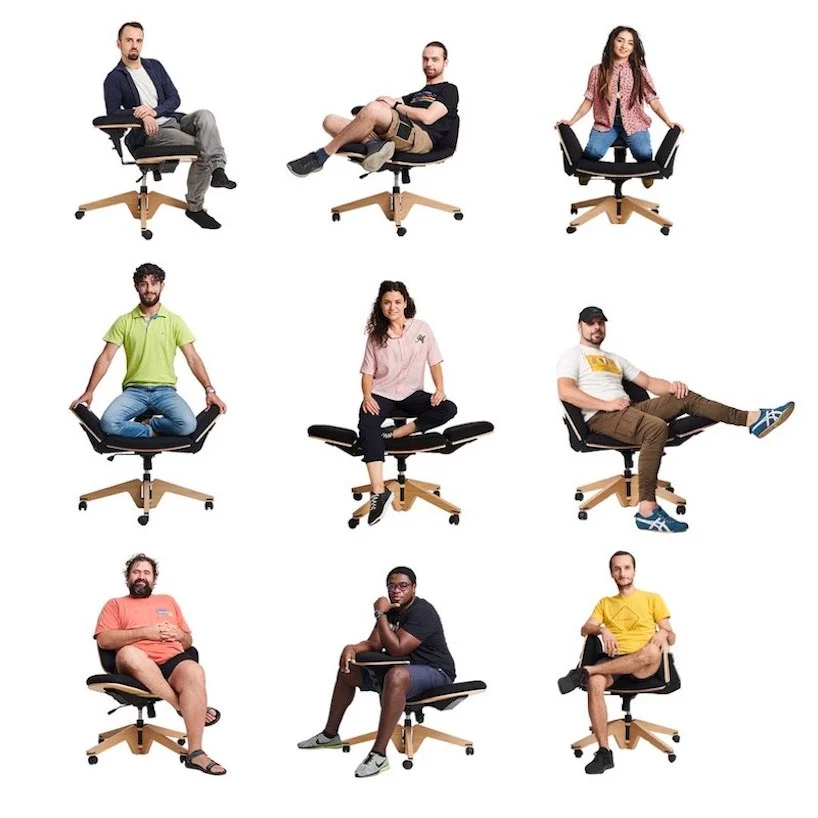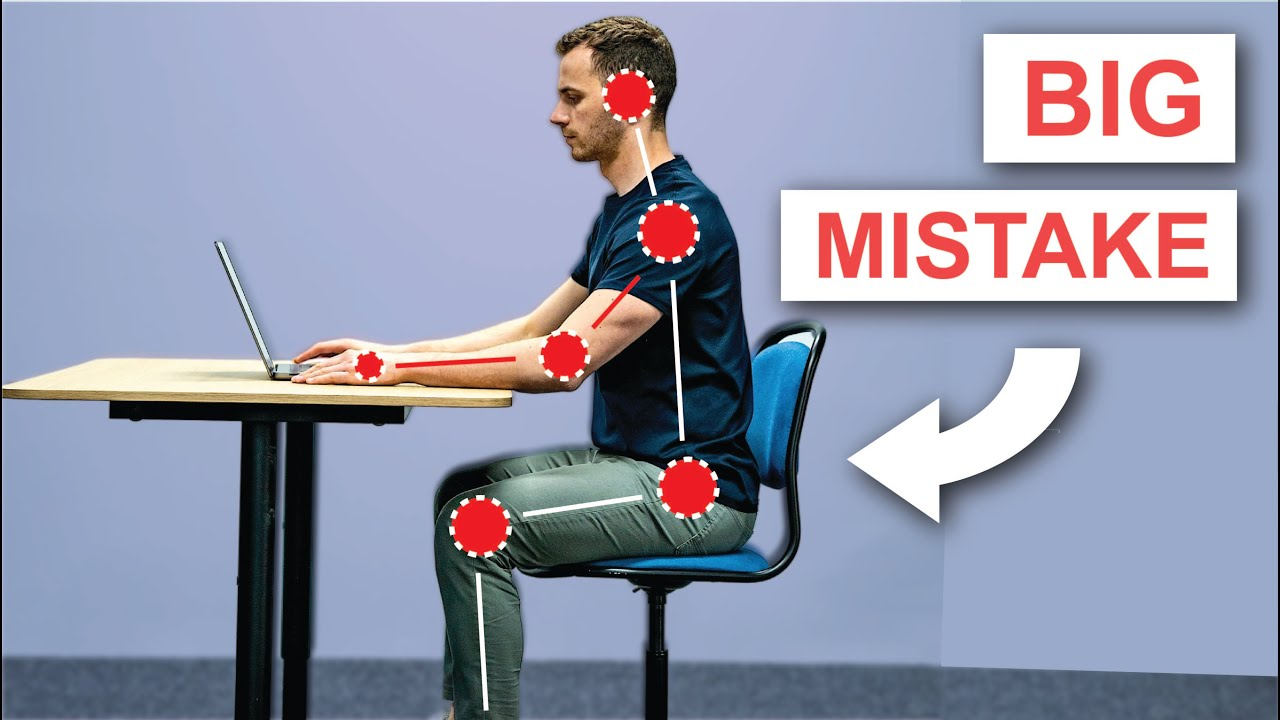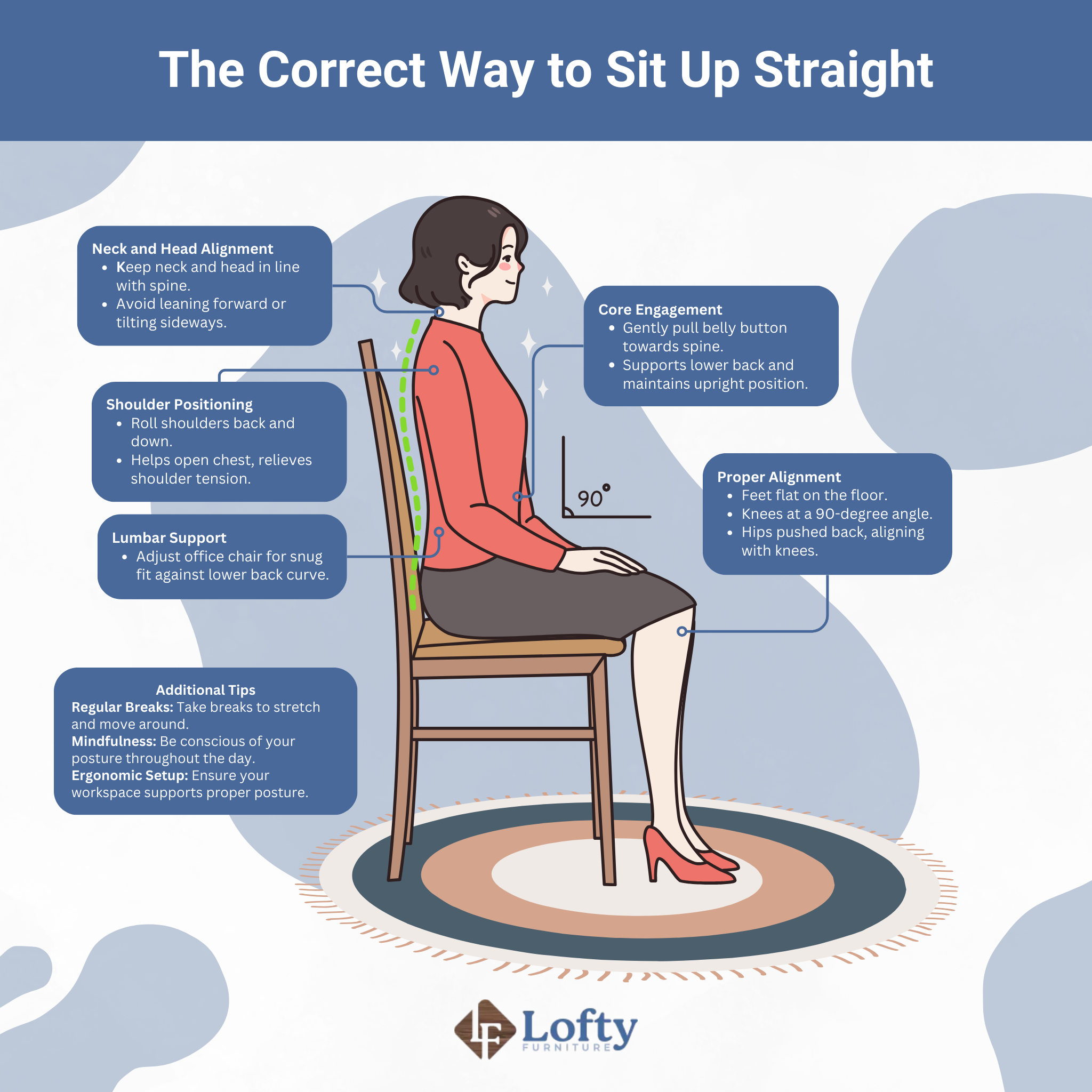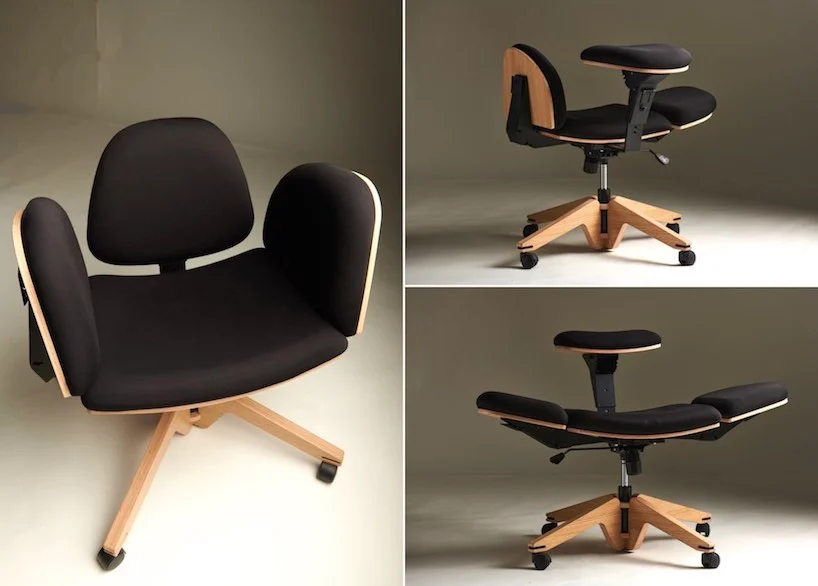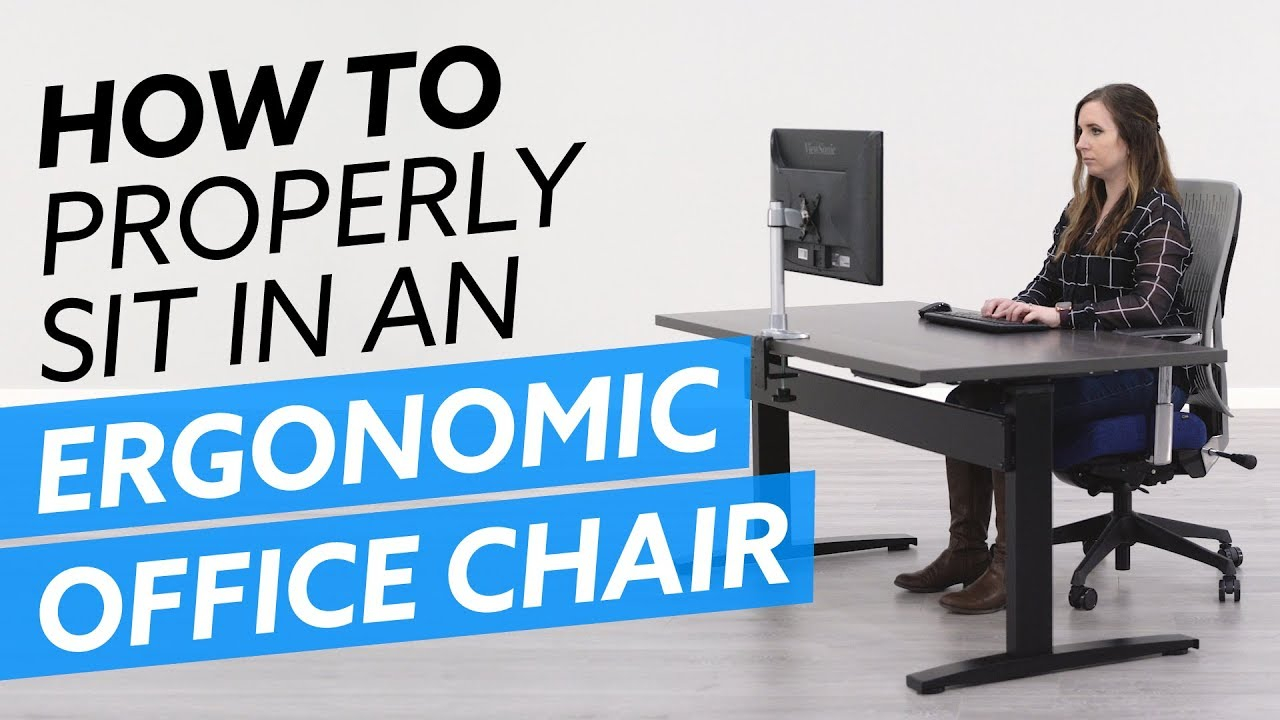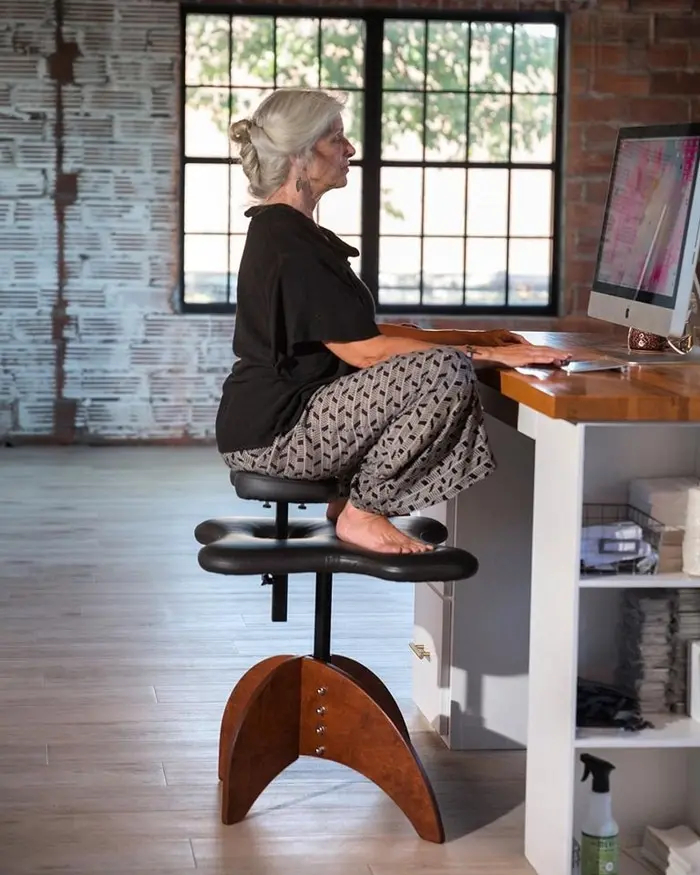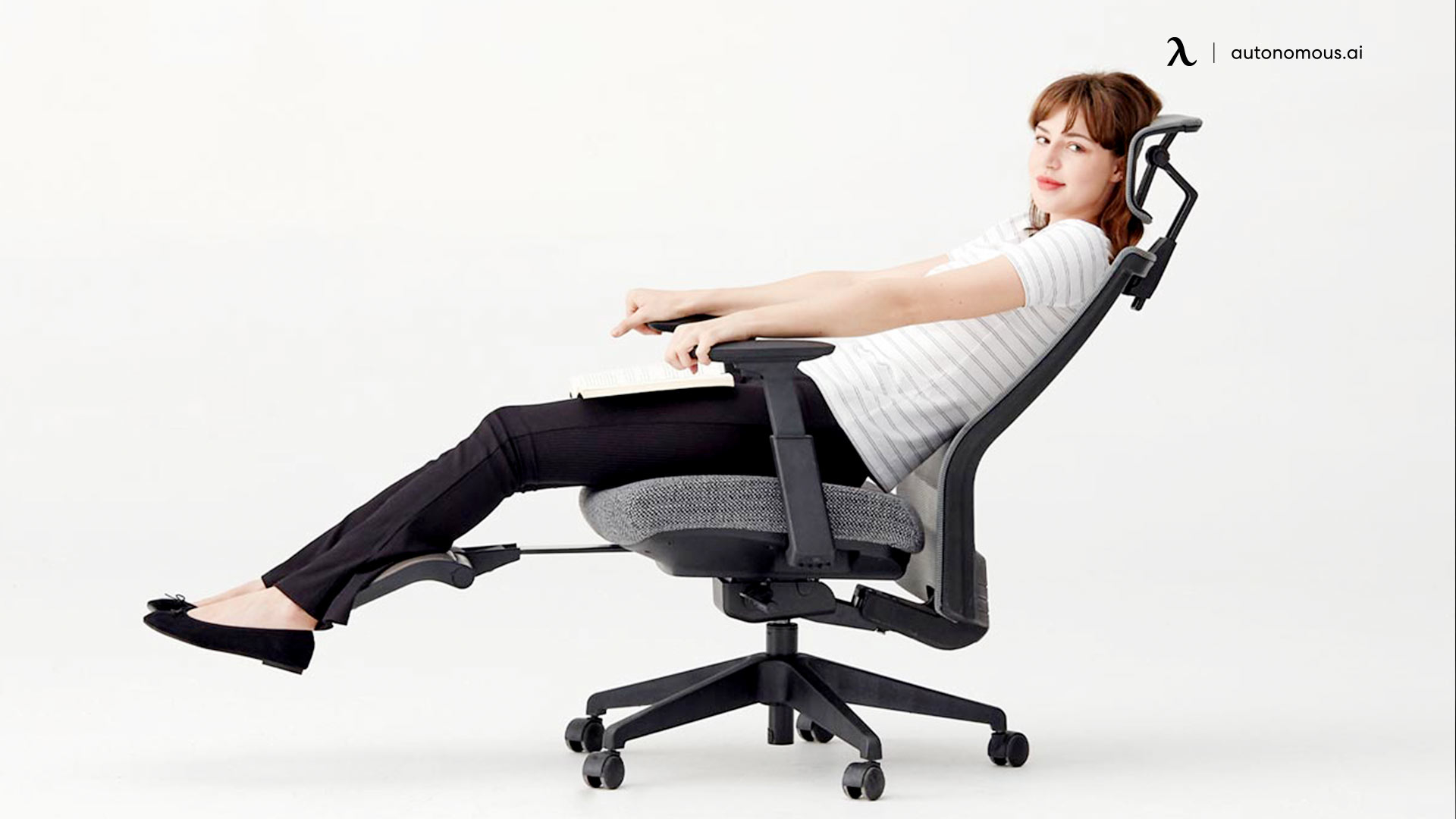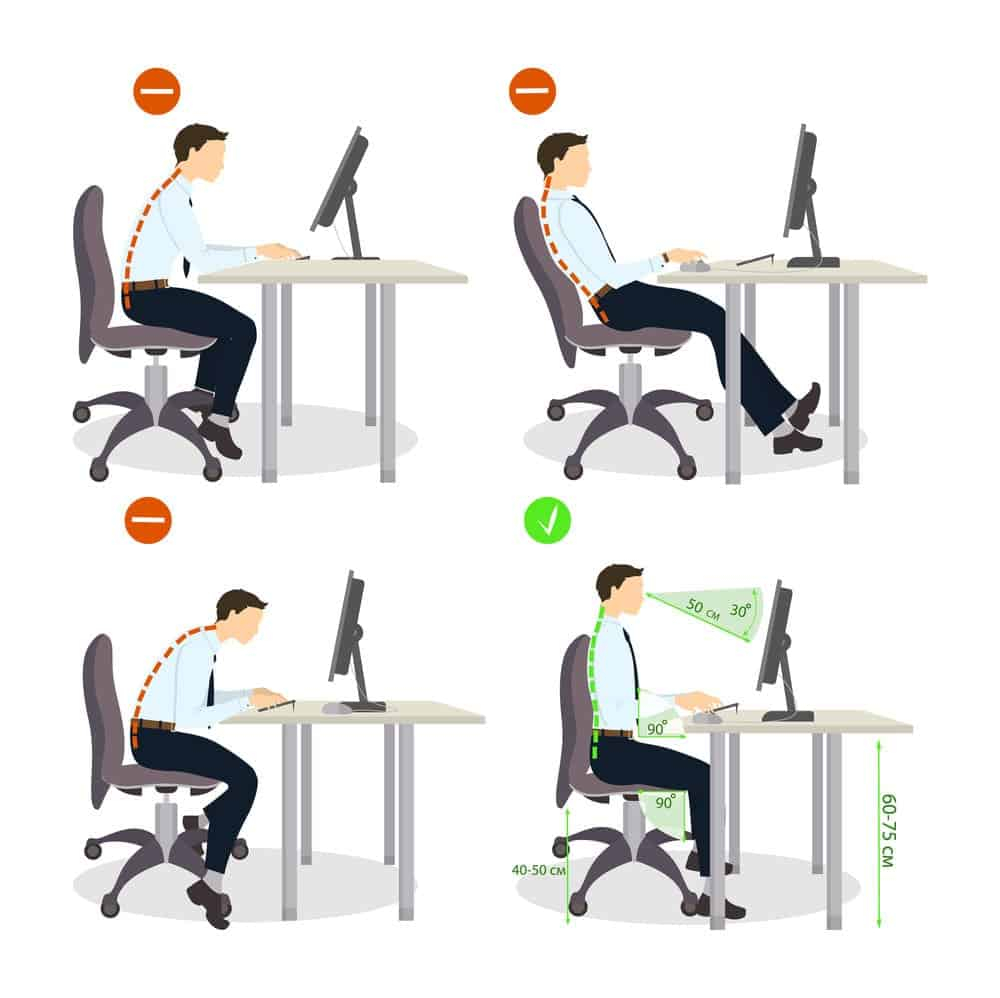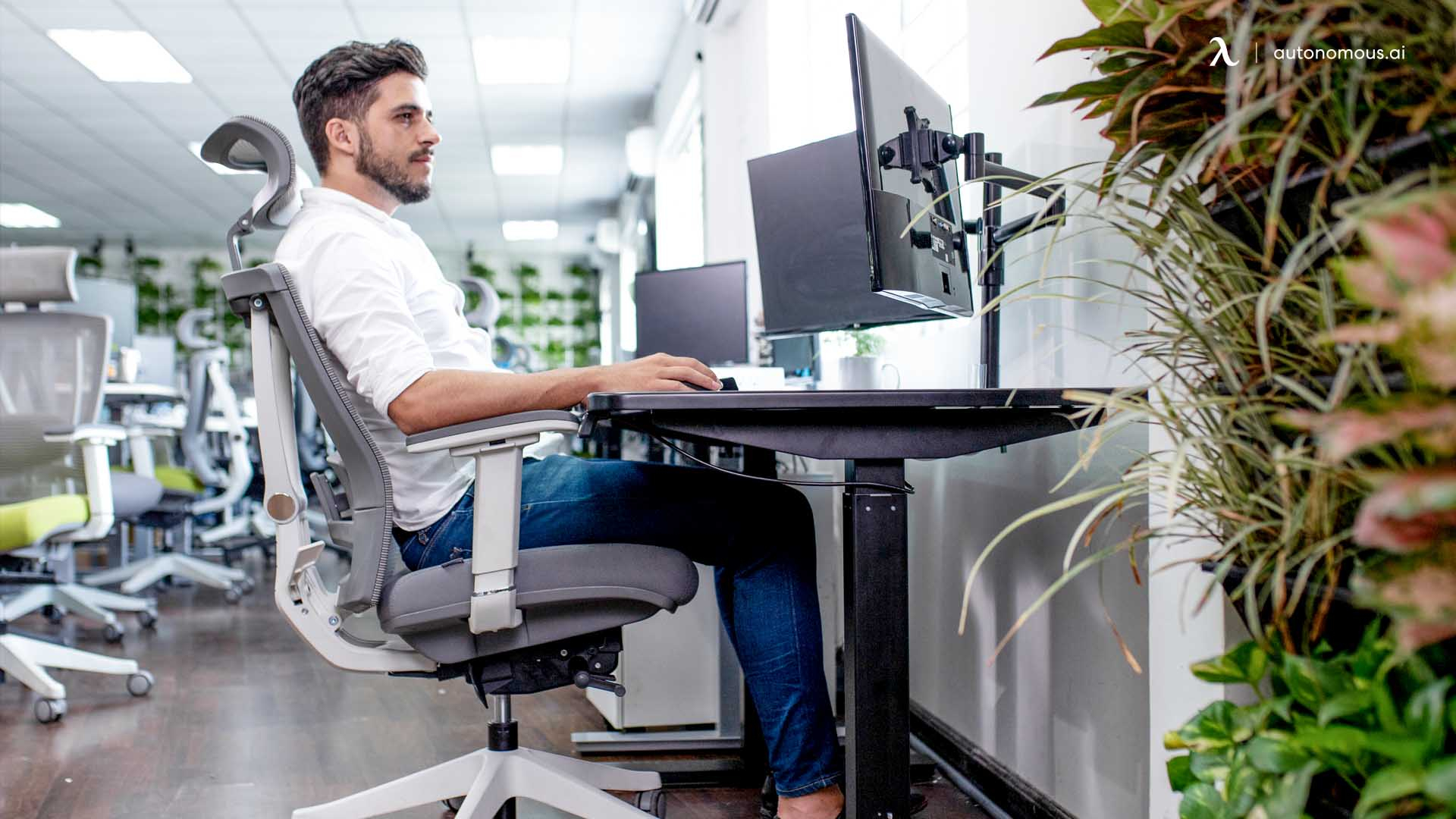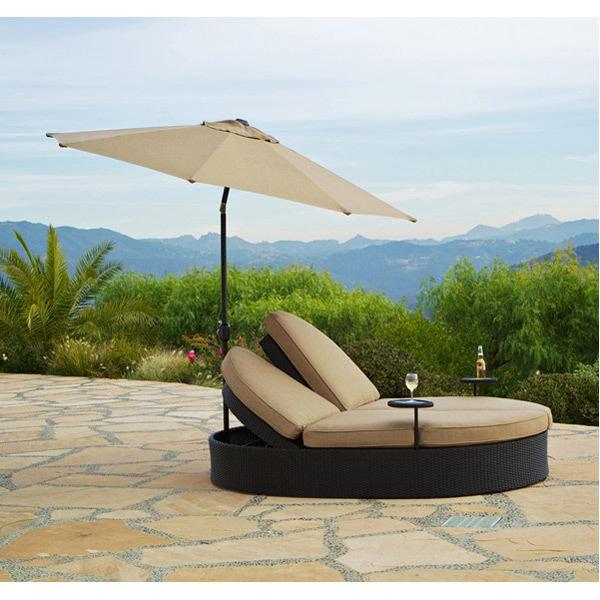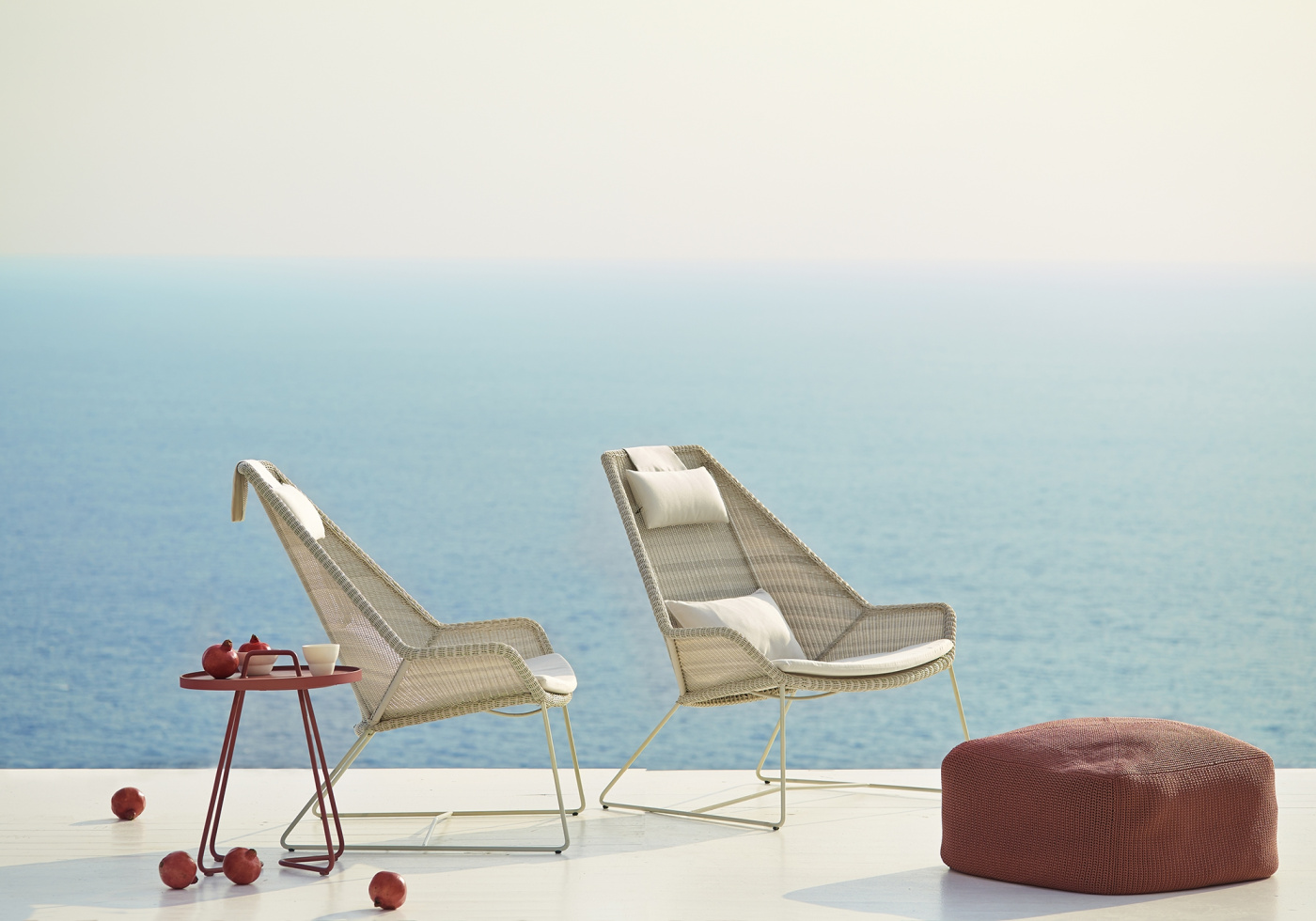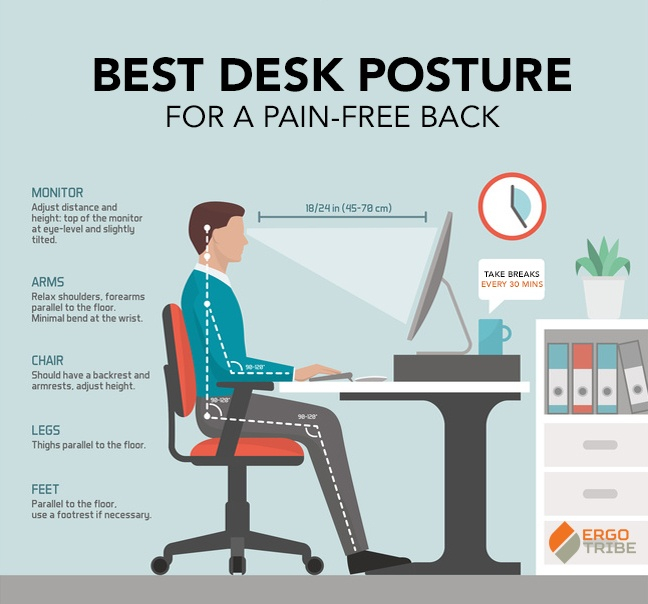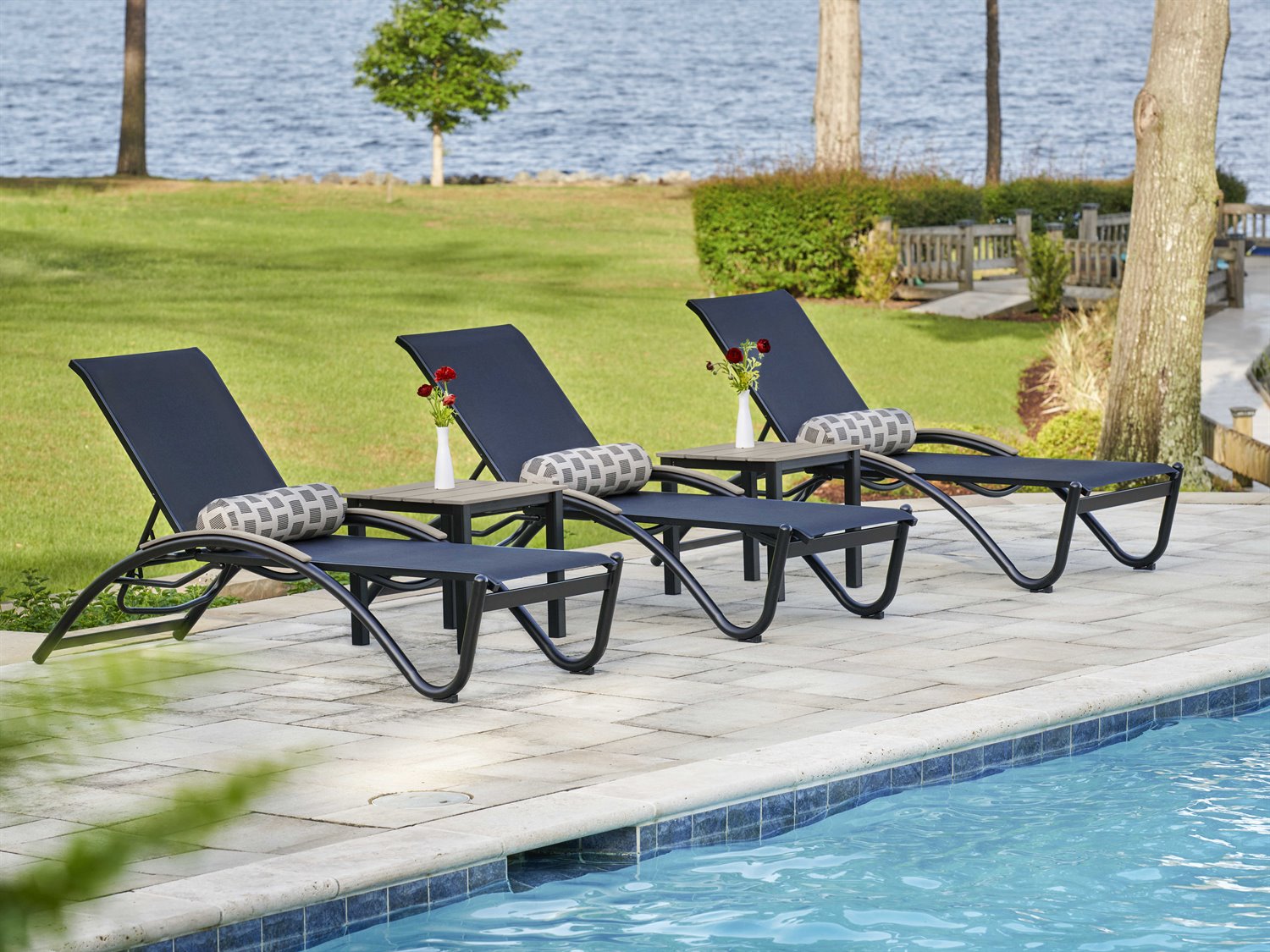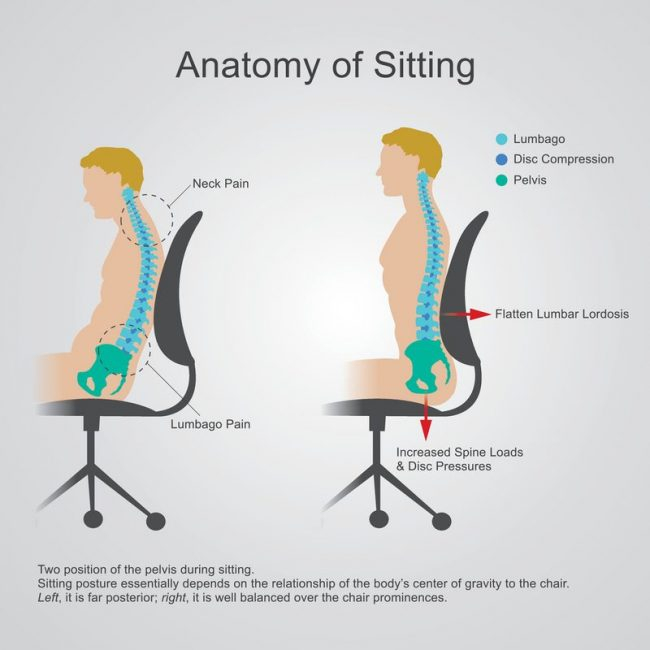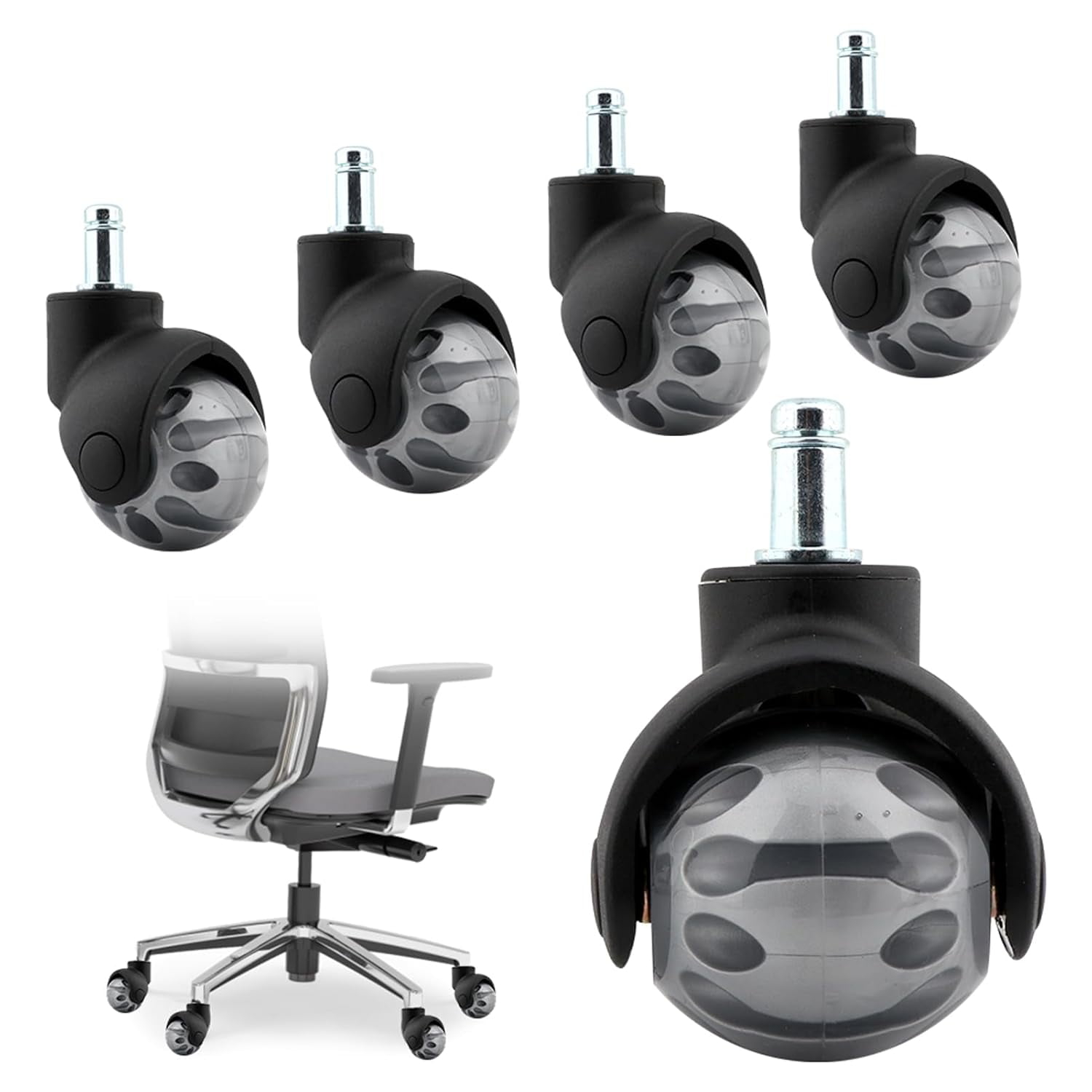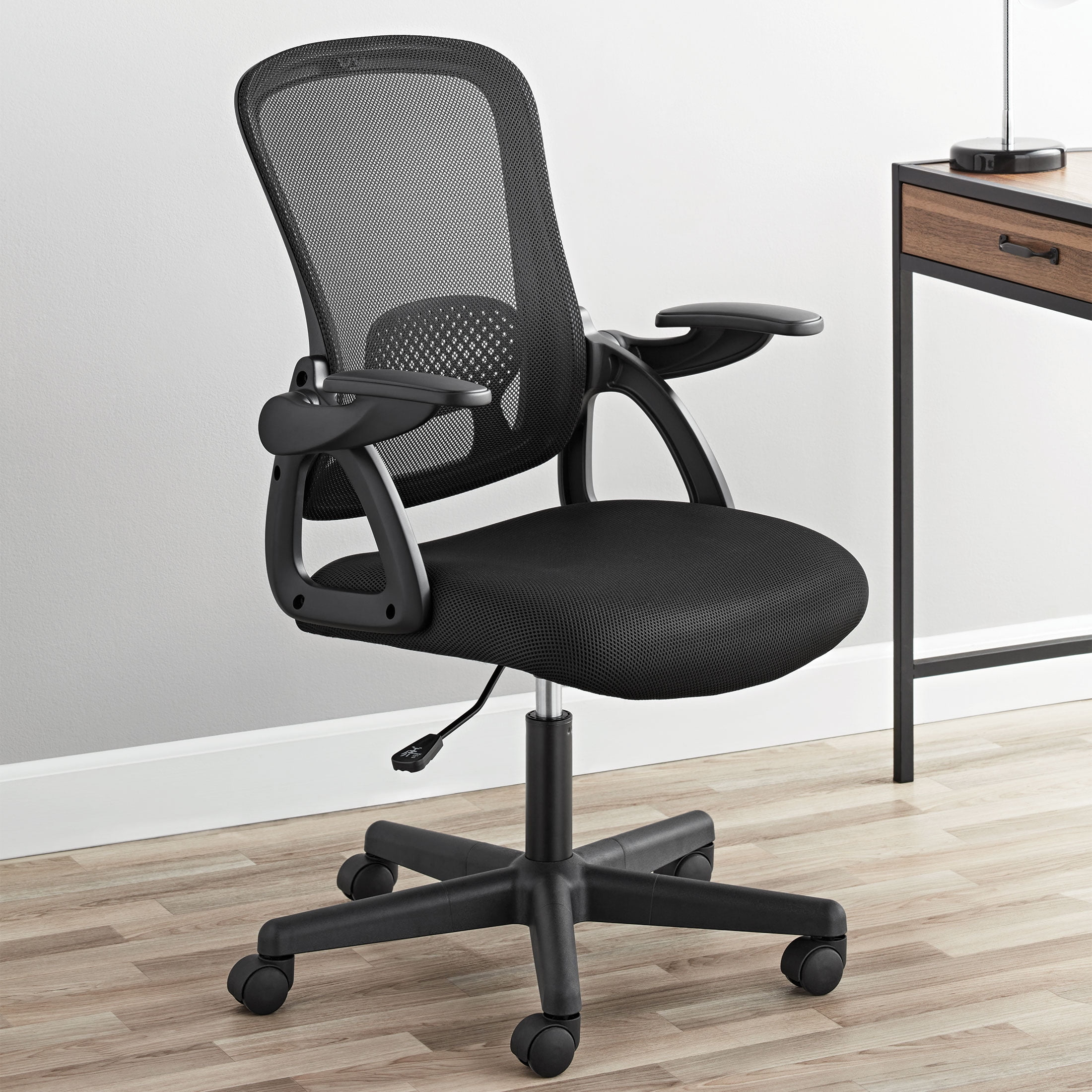We spend so much of our lives perched on something. For many, that ‘something’ is the ubiquitous desk chair. But what if there’s more to comfortable and healthy sitting than just a padded seat and lumbar support? Let’s dive into a world where comfort isn’t just about the chair, but about how we use our bodies and the spaces around us.
Think about it. From the office to the dinner table, the classroom to the waiting room, the chair is king. It’s designed for stillness, for focus, for long stretches of inactivity. But our bodies, designed for movement, often protest this sedentary existence. We slouch, we fidget, we develop aches and pains. It’s no wonder we’re constantly seeking that elusive ‘comfortable’ position. But perhaps the problem isn’t just the chair itself, but our ingrained habit of only sitting in chairs. It’s time to shake things up, to explore what true comfort and well-being can feel like when we venture beyond the desk chair.
Why Our Bodies Crave Variety
Our bodies are amazing machines, built for a symphony of movement. When we sit in the same position for hours on end, we’re essentially asking them to play a single, monotonous note. This lack of variation can lead to a host of issues. Muscles get tight, circulation can slow down, and our spine, especially, can bear the brunt of it. Think about how your back feels after a long meeting, or your hips after a cross-country flight. That’s your body’s way of saying, ‘Hey, I need a change!’ Introducing different postures and movements throughout the day is crucial for maintaining good health and preventing discomfort. It’s about engaging different muscle groups and giving your joints a chance to move in new ways.
Exploring the World of Alternative Seating
So, what are the alternatives? The good news is that the world of seating has exploded with innovation and thoughtful design. Forget just the office chair; consider these options:
- Ergonomic Balls: These aren’t just for yoga! Sitting on a stability ball encourages core engagement and subtle movement, helping to improve posture and reduce back strain. Just remember to ease into it and maintain good form.
- Kneeling Chairs: These unique chairs distribute your weight differently, taking pressure off your lower back and encouraging a more upright posture. Many find them surprisingly comfortable for focused work.
- Active Stools and Wobble Chairs: Designed to allow for constant micro-movements, these stools help keep your body engaged and prevent the stiffness that comes from static sitting. They’re a great way to add a little dynamism to your workspace.
- Floor Seating: Think floor cushions, meditation seats, or even comfortable floor chairs. Sitting on the floor, perhaps with a low table, can be incredibly grounding and offers a completely different way to engage your body. It’s a return to a more natural, primal way of being. Imagine a cozy nook with a plush floor cushion – pure bliss.
- Standing Desks (and Variations): While not strictly ‘seating,’ standing desks are a huge part of rethinking our relationship with sitting. They allow you to alternate between standing and sitting, breaking up long periods of inactivity. There are even sit-stand converters that fit on your existing desk. It’s about creating a balanced workday.
Each of these offers a unique way to support your body and encourage healthier habits.
The Power of Perching and Leaning
It’s not just about what you sit on, but how you sit. Even within the confines of a traditional chair, we can adopt more beneficial habits. Perching, for instance, is a fantastic way to engage your core and keep your spine more neutral. Think of it as a half-sit, with your weight slightly forward, engaging your legs and core. This can be achieved on the edge of a chair, a stool, or even a sturdy box. Leaning is another underutilized technique. Leaning against a wall, a supportive backrest, or even a large exercise ball can provide a gentle stretch and change the pressure points on your body. The key is to avoid prolonged static positions and to actively seek out these subtle shifts.
Creating a Movement-Friendly Environment
Rethinking seating isn’t just about buying new furniture; it’s about fostering a culture of movement. How can we make our spaces more conducive to healthy habits?
- Designate ‘Movement Zones’: Have a comfortable area with floor cushions or a yoga mat where you can stretch or sit for short periods.
- Incorporate Variety: If possible, have a standing desk option, a stability ball, or an active stool available. Rotate between them throughout the day.
- Encourage Breaks: Simple reminders to stand up, stretch, or walk around can make a world of difference. Even a 30-second stretch session can help.
- Think Beyond the Desk: Consider comfortable, low seating options in break rooms or common areas. This encourages people to step away from their desks and change their posture.
It’s about making movement and varied posture the easy, natural choice.
Listening to Your Body: The Ultimate Guide
Ultimately, the most important tool you have is your own body’s feedback. Pay attention to those subtle cues. Does your back ache after an hour? Are your hips feeling tight? Is your neck stiff? These are signals that your current seating arrangement or posture isn’t serving you well. Experiment with different options. Try a stability ball for an hour, then switch to a kneeling chair. Sit on the floor for your morning coffee. The goal isn’t to find one ‘perfect’ alternative, but to cultivate a dynamic approach. Embrace the idea that comfort is fluid, and it often comes from variety and mindful engagement with your body. Don’t be afraid to try something new; you might be surprised at what feels good.
Practical Steps to a More Comfortable You
Ready to make a change? Here are some actionable steps:
- Assess Your Current Setup: Honestly evaluate how you sit and for how long.
- Introduce One Change at a Time: Don’t overhaul everything at once. Try a stability ball for a week, or commit to using a standing desk for half your workday.
- Prioritize Ergonomics: Even with alternative seating, proper setup is key. Ensure your screen is at eye level, your wrists are neutral, and your feet are supported.
- Move Frequently: Set a timer to remind yourself to stand, stretch, or change positions every 30-60 minutes.
- Experiment and Adapt: What works for one person might not work for another. Be patient and find what genuinely feels good and supportive for your body.
- Consider Your Entire Day: Think about all the times you sit – not just at your desk. Are there opportunities to sit on the floor, use a different chair, or even stand while reading? Every little bit helps.
Breaking free from the confines of the traditional desk chair isn’t about rejecting good design; it’s about embracing a more holistic and dynamic approach to comfort and well-being. By exploring alternative seating, incorporating more movement, and most importantly, listening to our bodies, we can unlock a new level of comfort and vitality. So, go ahead, experiment, try something different. Your body will thank you for it. The journey to a more comfortable and healthier you starts with that first step – or perhaps, that first unconventional sit.

